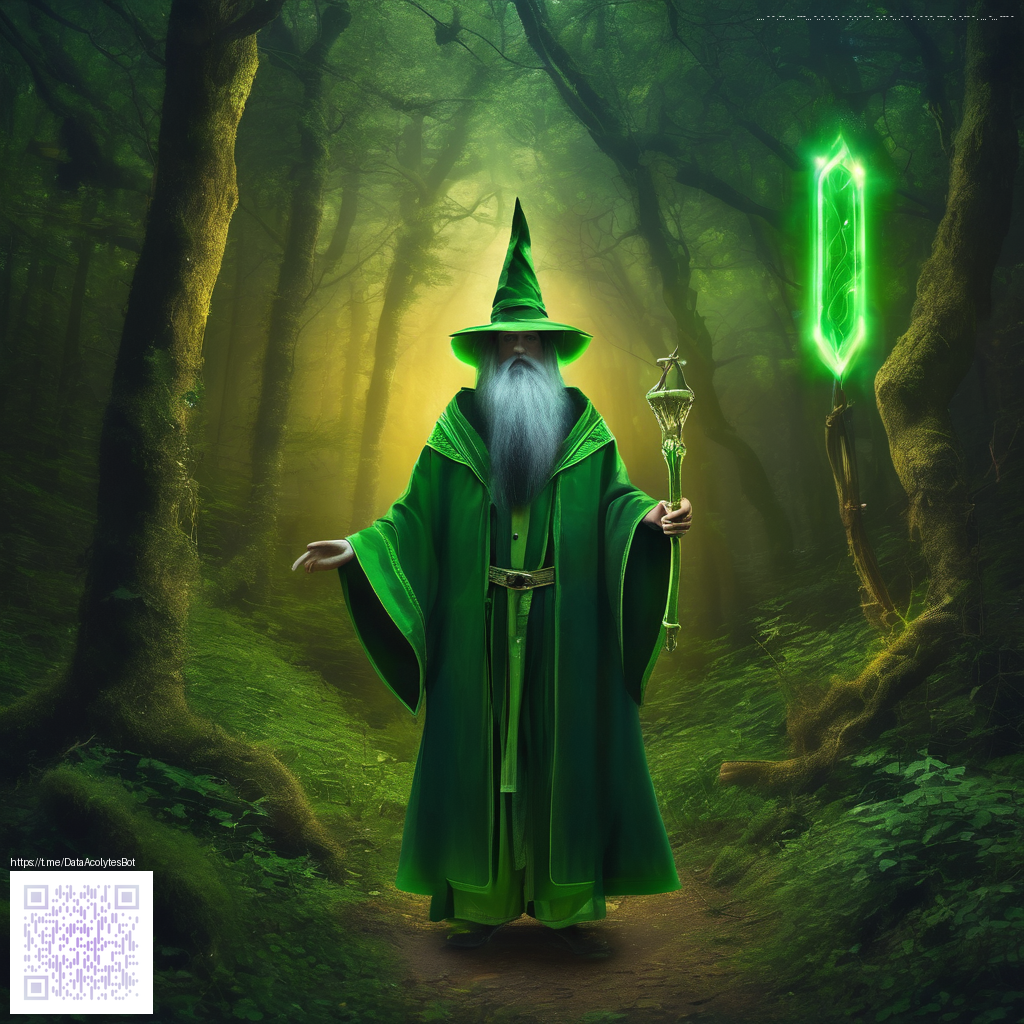
Cut Copper Stairs for Dungeon Design in 1.17
The 1.17 era opened a lively set of tools for builders and explorers alike. Among them cut copper stairs stand out as a flexible asset for dungeon design. They bring a refined curvature that stone blocks struggle to rival and the copper color adds a warm aged feel to dark corridors. If you love tight passages and layered textures these stairs give you a new way to guide players through a maze while keeping pace with your aesthetic goals 🧱
What makes cut copper stairs so special is not just their color but their state driven versatility. Each piece can be flipped to face north south east or west. You can choose whether the block sits on the top half or bottom half of a block height. The shape state offers five footprints straight inner left inner right outer left and outer right. Finally you can waterlog the block to reflect damp dungeon air or nearby pools. All of these options let you craft intricate routes without sacrificing playability.
Understanding the block states
The facing state is a directional cue that lets you align stairs with wall patterns or tunnel axes. The half state controls how the stair connects with adjacent blocks whether it rises from a floor or drops into a lower level. The shape state is the key to turning a straight line into a corner or bend; inner and outer variants handle the inside and outside corners of a curved corridor. Waterlogged adds another layer to your design by allowing a subtle stream or pooled water to ride along the stair path. When you mix these states in a small dungeon chamber you can fake complex geometry with a handful of blocks.
Practical layout ideas for dungeon corridors
- Use straight cut copper stairs to climb a compact shaft that fits between two stone walls
- Install inner left or inner right corners to bend a corridor around a pillar or vault
- Place outer left or outer right shapes to form the exterior edge of a curved passage
- Combine waterlogged with dim lighting to imply a long abandoned water channel
Try alternating copper stairs with plain copper or stone blocks to create a subtle gradient from rugged rock to a refined copper accent. The copper hue reflects torchlight with a gentle warmth that helps players read the space without overpowering the overall mood. If you want ancient ruins consider aging copper patterns that shift from bright to greenish tones over time in a long running world. This visual cue can imply a long history and add narrative weight to a dungeon knowers explore.
Architectural tactics that leverage the copper palette
Copper stairs pair well with a wide stone palette. Think mossy cobblestone cracked bricks and deepslate for a dungeon that feels grounded and believable. The copper pieces act as focal points guiding players through a corridor while the surrounding blocks set the tone. For a multi level dungeon you can place copper stairs at stair landings to hint at hidden floors or alternate routes. In a puzzle room a copper stair path could trigger a mechanism when aligned with a secret button or pressure plate
For large scale layouts keep geometry readable. Break long straight sections with occasional corners to prevent fatigue and keep players engaged. The shape state lets you craft natural looking curves even in a square footprint and that ease of use makes copper stairs a favorite for compact prisons labs and shrine like hubs. In creative builds you can push the style further by building arched ceilings that mirror the curvature of the stairs for a cohesive feel
Technical and gameplay notes
Cut copper stairs are a stable block in 1.17 they maintain a consistent footprint that works well in tight spaces. When you place multiple stair pieces the transitions feel smooth and players can follow the path without missteps. If your dungeon design includes water features you can experiment with waterlogged stairs to keep paths traversable while delivering a damp atmosphere. Remember that copper elements pair nicely with ambient light sources like lanterns and glow lichen to reveal textures without blinding the player
Creativity shines when you mix the copper stair shapes with other architectural flourishes. A row of outer corner pieces can frame a circular chamber while inner corners guide the route around a blocked area. Add torches to highlight the shape of the stair and create shadows that hint at a deeper network beyond the corridor. The result is a dungeon that feels crafted rather than hurried and players sense there is a story behind each turn
In survival worlds the weathering of copper can serve as a storytelling device. A corridor that has aged copper tones suggests long forgotten ages or continuous use. Conversely a fresh copper look can set the stage for a newly carved tunnel or a hidden laboratory. Either way the stairs give you control over how players experience the transition from one level to another and how they perceive the space they navigate
Support Our Minecraft Projects